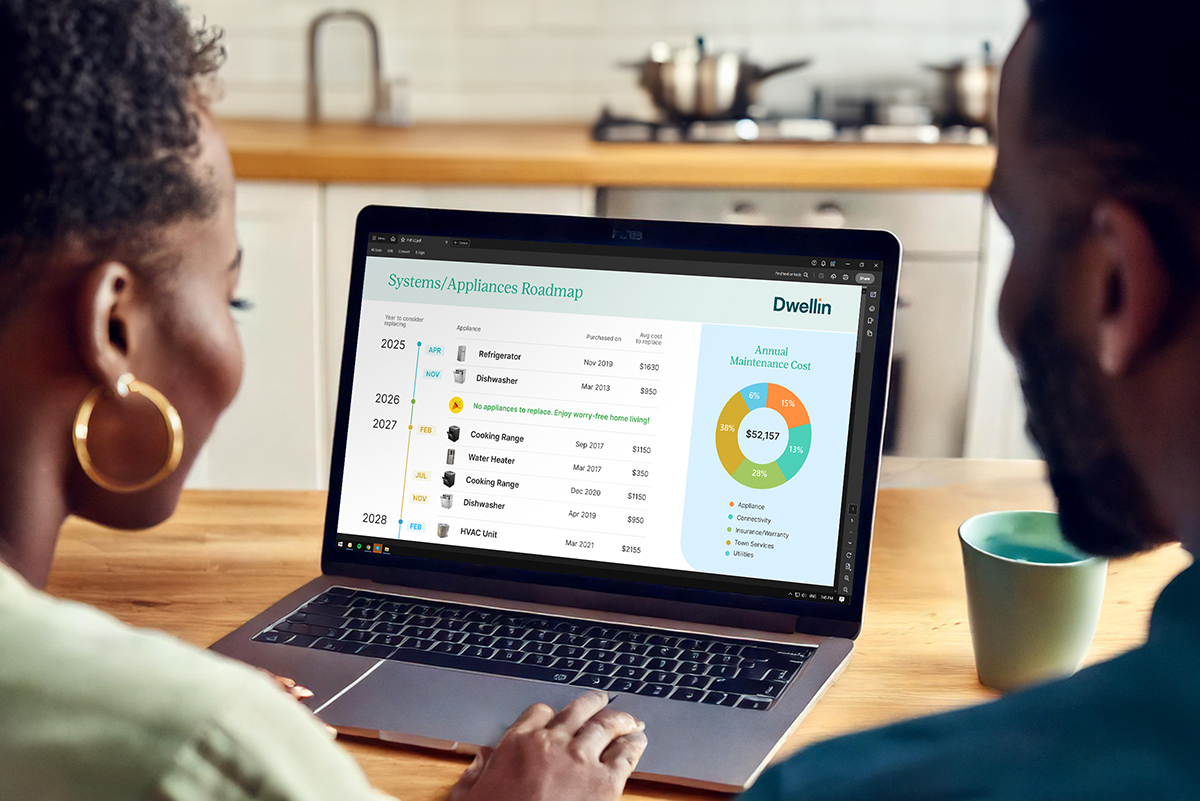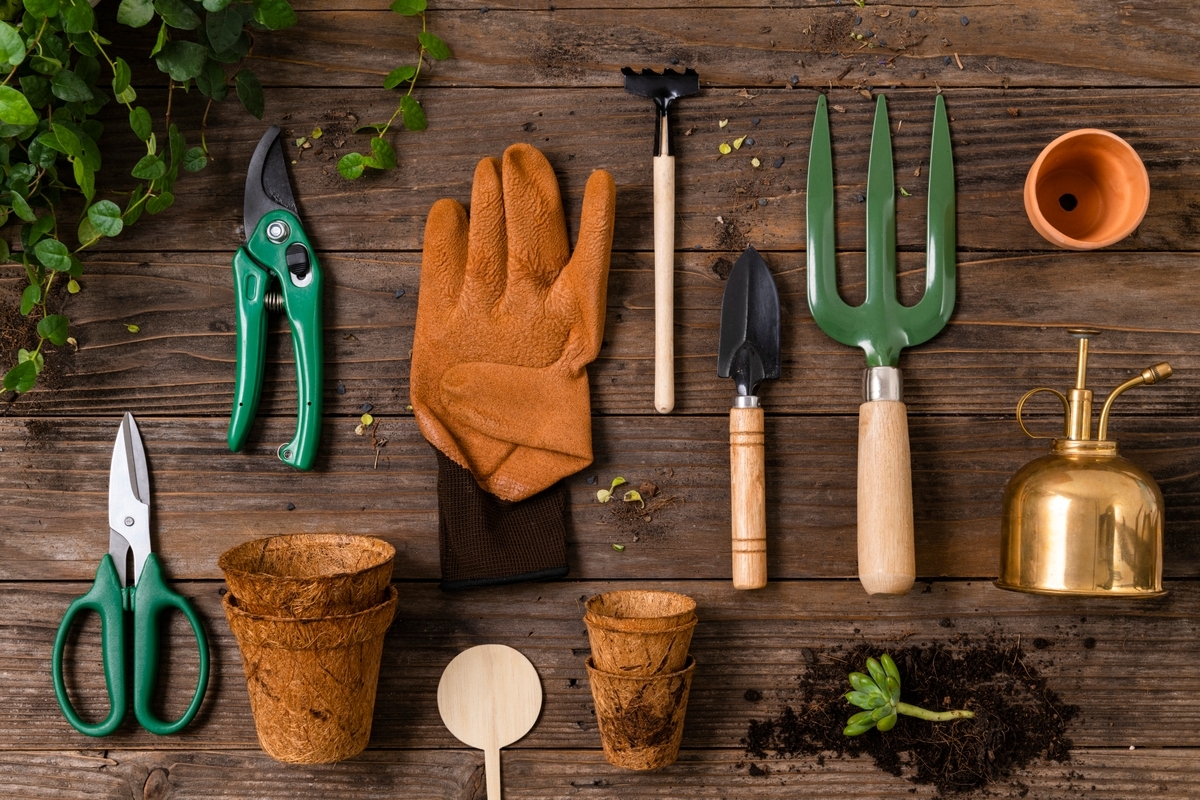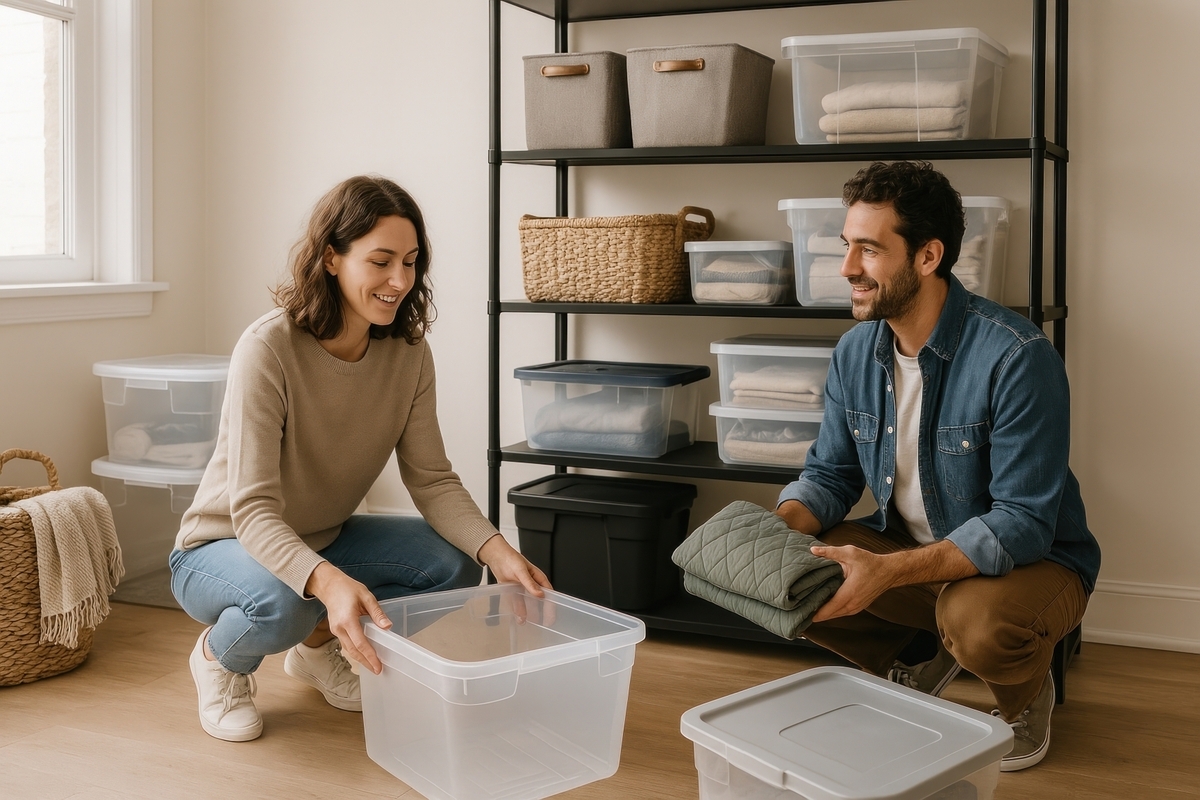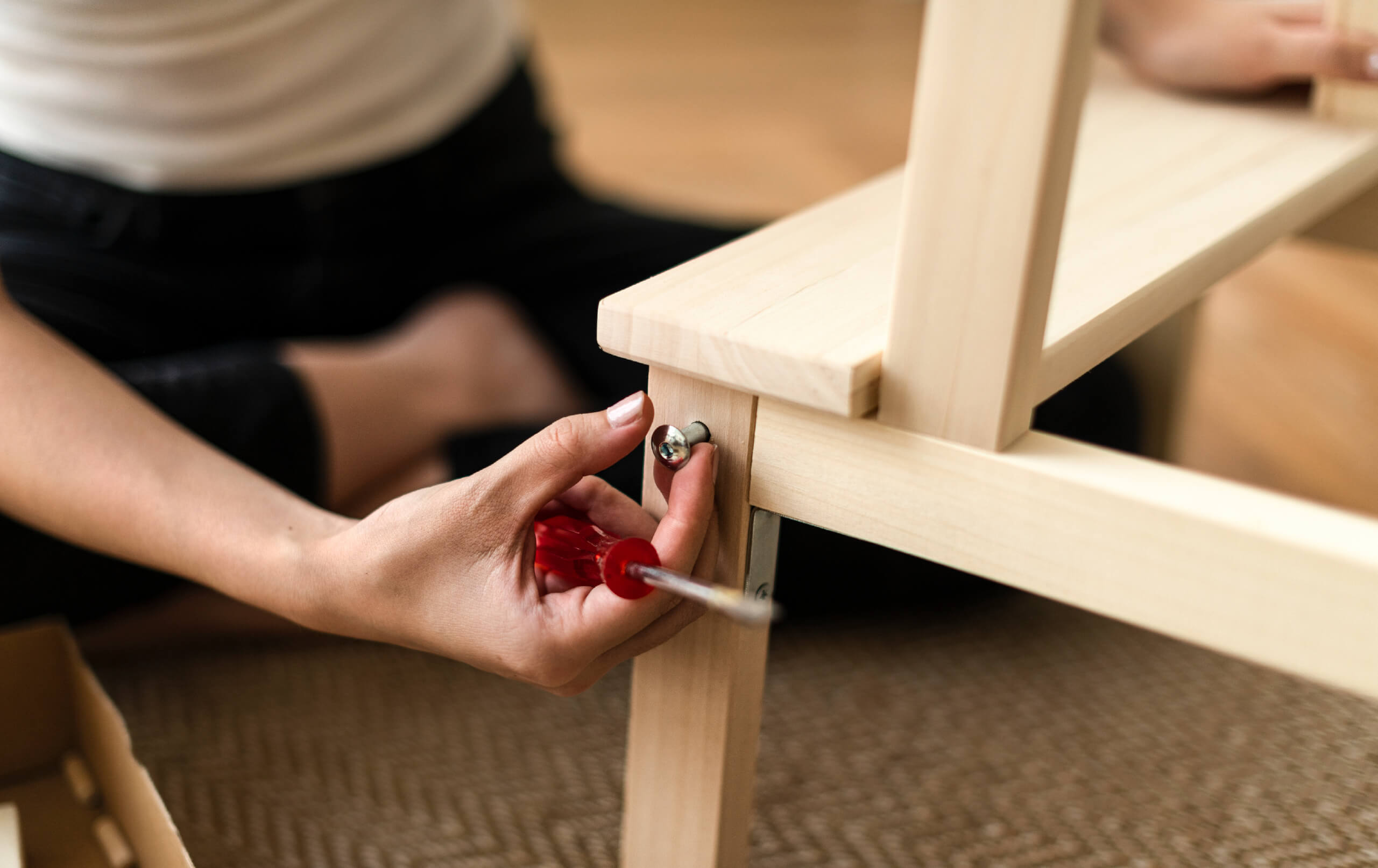How to Start a Garden from Scratch: 8 Steps for New Homeowners
6 minute read

Moving into a place that you can call your own is one of the best feelings in the world. You have the freedom to decorate, to reflect your sense of personality, and select every piece that adorns it. Having our own home and a beautiful garden in front of it is a dream for many of us.
However, if you are a first-time homeowner, starting a garden can seem like a daunting task. There are many moving pieces, and it requires constant (and the correct type of) care. That said, having a greenscape that you can call your is an asset to lift your spirits, enhance the curb appeal and sale value of your estate, and even contribute towards saving the environment. All you need is the right knowledge, and a few handy tools to get the job done.
If you are a first-time homeowner or have a garden that needs some TLC but, do not know where to start, here is a step-by-step guide of how to begin and tend a garden.
1. Understand the climate
We start a garden with the hope of one day relaxing in a green, bountiful landscape. However, the first step to a flourishing landscape is understanding what would grow in the climate. This will also determine the effort and care required at each step.
The USDA maintains a standard plant hardiness map that lists the type of flora that would thrive in specific climatic conditions. You can also use a planting guide to take the guesswork out of planting the seeds or shrubs at the right time and place. Local nurseries or county extension offices are a great place to develop your understanding of these.
2. Choose what you want to grow
For a new homeowner, a piece of land is like a blank slate. The next step towards building your green space is to decide if you want to grow flowers, vegetables, a simple shrubbery, or a combination of them. Factor in the area you have available, the temperatures and climate, and your preferences of course. If you’re planning to plant vegetables or fruits, decide which ones you’d prefer to eat and start with those first. If you have a larger piece of land, you have the freedom to plant tall trees and vice versa.
PRO-TIP
If you’re planting flowers, decide if you want perennials or annuals. Start small until you know what you prefer.
3. Select the right location
Once you have a clear understanding of which plants would grow in your local environment, the next step is to find the perfect spot for them.
Here are some points to consider when selecting a spot for your garden:
- Almost all vegetable plants and certain shrubs or flowering plants require several hours of sunlight or “full-sun”. Select a spot that gets ample sunlight during the day.
- If your estate does not receive direct sun or the spot has partial shade, choose plants that thrive in lower lights, like ferns or hostas.
- Select a place that is relatively flat, to avoid soil erosion.
- Ideally, the garden spot should be near a building structure to provide some wind cover.
- Make sure the location has easy access to a water source.
- Avoid any low laying spots that are prone to water logging during wet months.
PRO-TIP
Notice the landscape of your property. Hot air rises up while cool air descends. Avoid gardening at the bottom of the slope since they are susceptible to forming frost pockets.
4. Create a garden bed
Once you’ve picked the spot and decided what you want to grow, the next step is to start the garden setup. It is advisable to test your soil to understand its pH level; its composition (clay, sand, organic matter, etc.), and its nutrient levels. You can acquire a soil test from your local extension service office for a small fee. The test also suggests ways to improve any imbalances. This information is crucial, especially if you are planning to grow food.
To prepare a garden bed, start off by clearing off weeds and grass. Once the soil is cleared, a couple of inches of compost is layered, with dry leaves, grass clippings, newspapers, etc. This eventually decomposes into humus (organic material). Earthworms work this humus with the subsoil enriching it.
PRO-TIP
It’s recommended to start this process in fall so your garden bed is ready by spring.
5. Plant the seeds or saplings
Start by loosening the top layer of soil with a spade or a spading fork (here is a list of must-have gardening tools every homeowner needs). Make sure the soil is slightly moist before you work it to prevent damaging the soil structure. If you are planting from seeds, follow the instructions on the packet. Avoid crowding too many seeds in one spot, distribute them evenly.
Another technique is to grow the saplings indoors before you transplant them outdoors. Pat the soil gently after you’ve planted them and then soak it with water.
PRO-TIP
If planting a sapling, remove them from their pots, shimmy of the roots to loosen the soil and untangle them.
6. Watering system
Watering adequately is one of the most important steps to a healthy garden. The amount of water needed varies on the plant species. Test the top two inches of soil, and water only if it feels dry. Excessive watering can rot the roots, so water them with care. Smaller plants can be watered every day, tapering them as they grow. The amount of water also depends on the soil, humidity levels, precipitation, etc.
PRO-TIP
Watering early in the morning prevents evaporation, allowing water to percolate within deeper levels of soil.
7. Add Mulch
To maintain soil health and moisture, add mulch liberally. There are different kinds of mulch for each plant. Smaller, delicate plants are benefitted from straw or leaves while bigger plants from wood chips, river rocks, etc. Soil creatures also love mulch and help decompose it thereby improving soil quality.
PRO-TIP
Mulch prevents germination of weeds and keeps soil moist longer.
8. Maintenance and care
As your garden flourishes, you will understand its rhythm. Regular maintenance will make sure your garden stays healthy and happy. As it grows, you will start understanding the needs of various plants and shrubs. Make sure you water on time, remove weeds before they start taking up space (and nutrients), prune the plants, and spray insecticides if you notice signs of infestation. Walk around the garden to notice the progress and if anything needs your attention.
PRO-TIP
Follow seasonal plant maintenance to prep and care for your garden as seasons turn.
A garden is not just a green space for you and your fellow-dwellers but also an important instrument in boosting the local ecosystem. Successful gardening requires patience and understanding each component – soil, water, temperature, plants, organisms, etc. Learn from the mistakes and don’t forget to reap your rewards.















